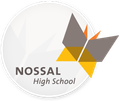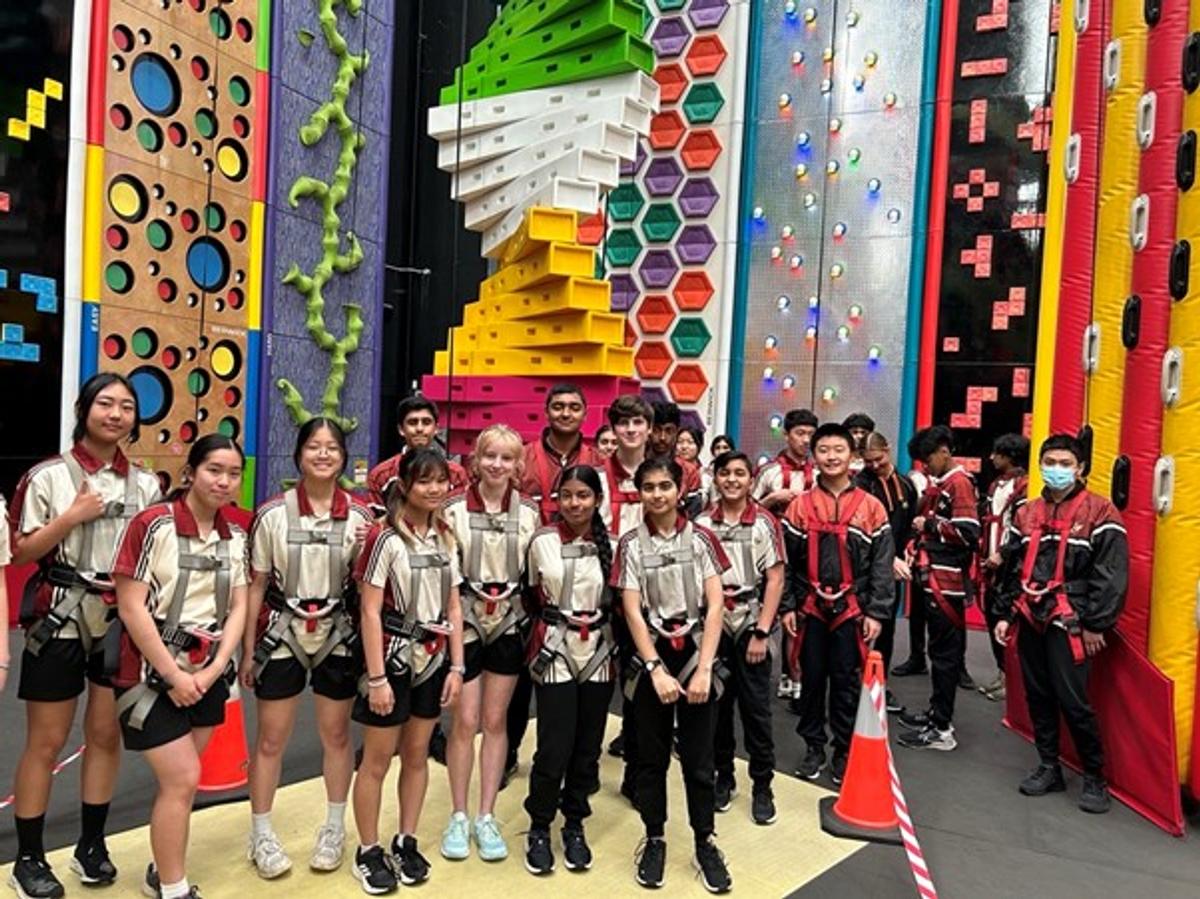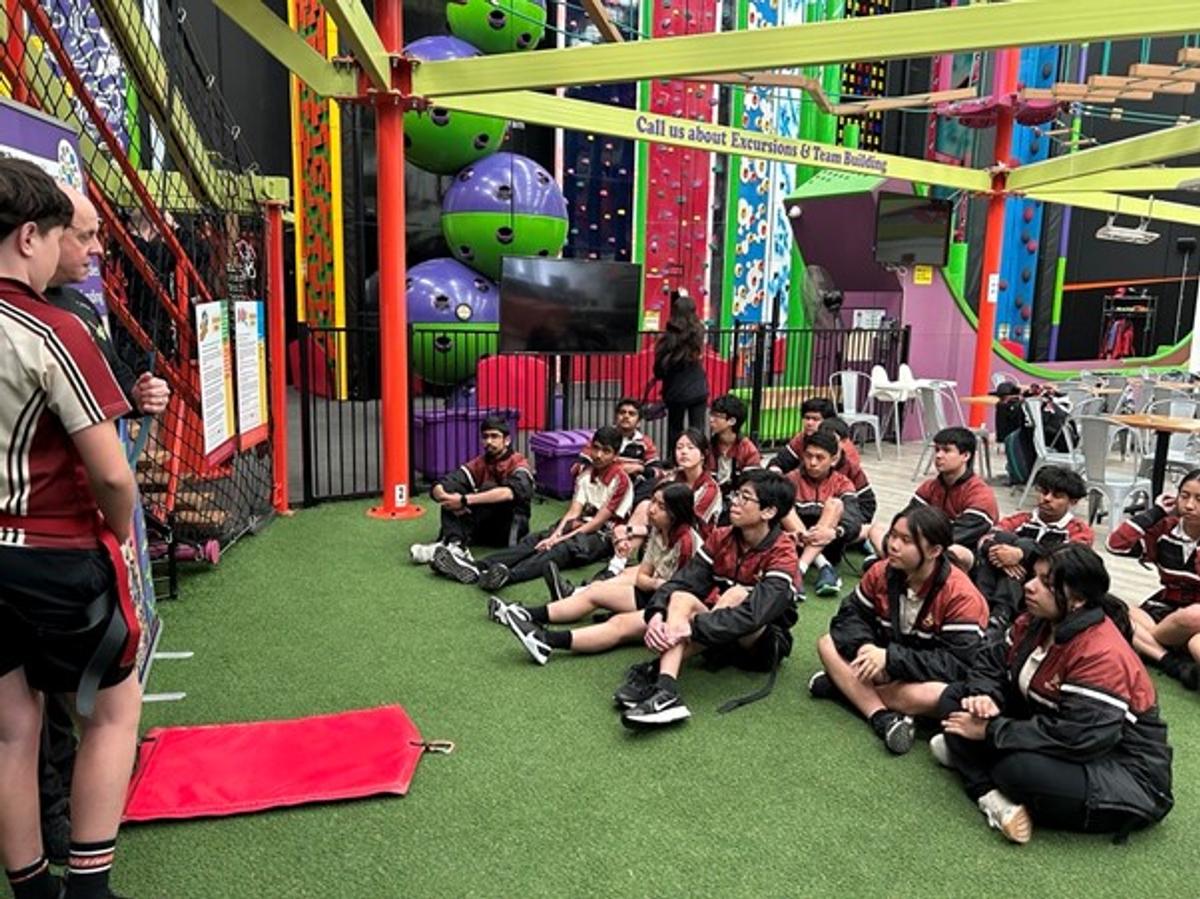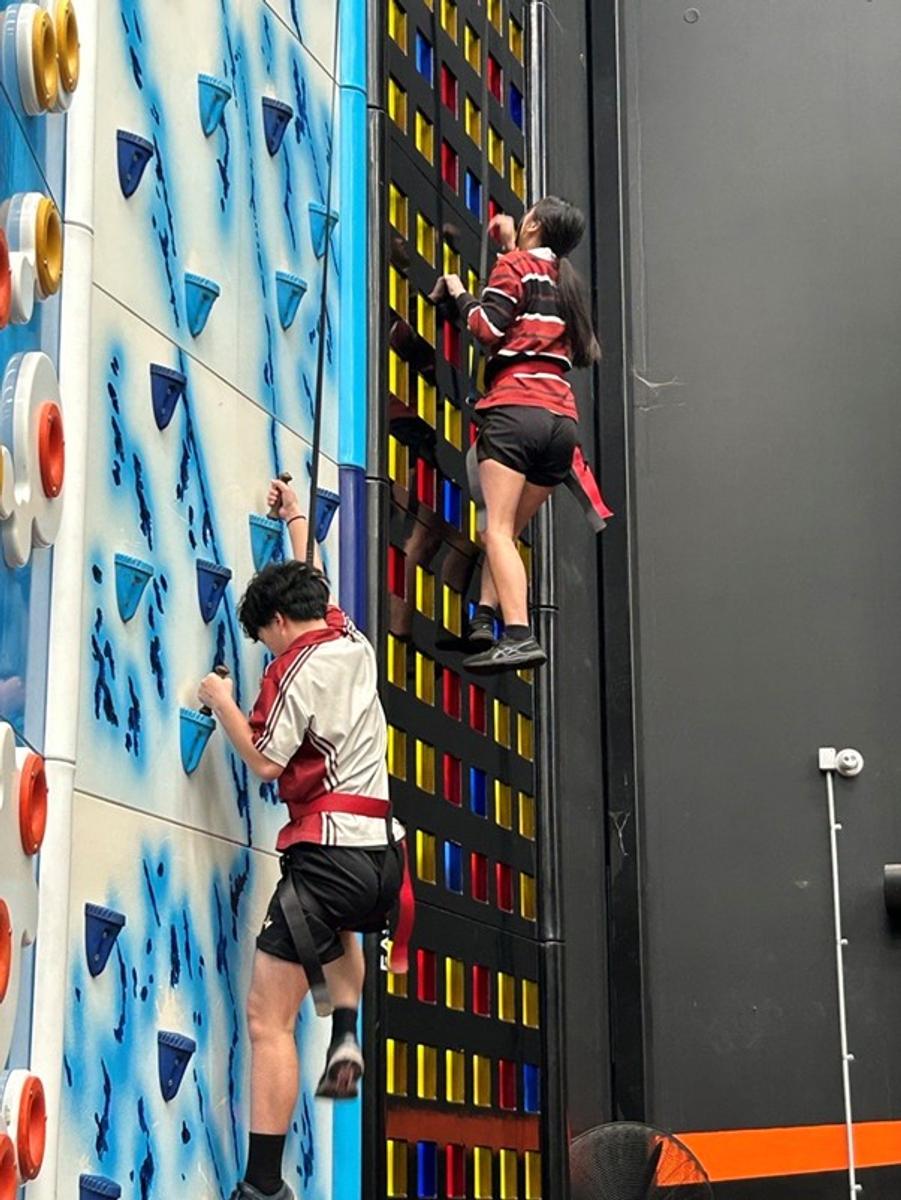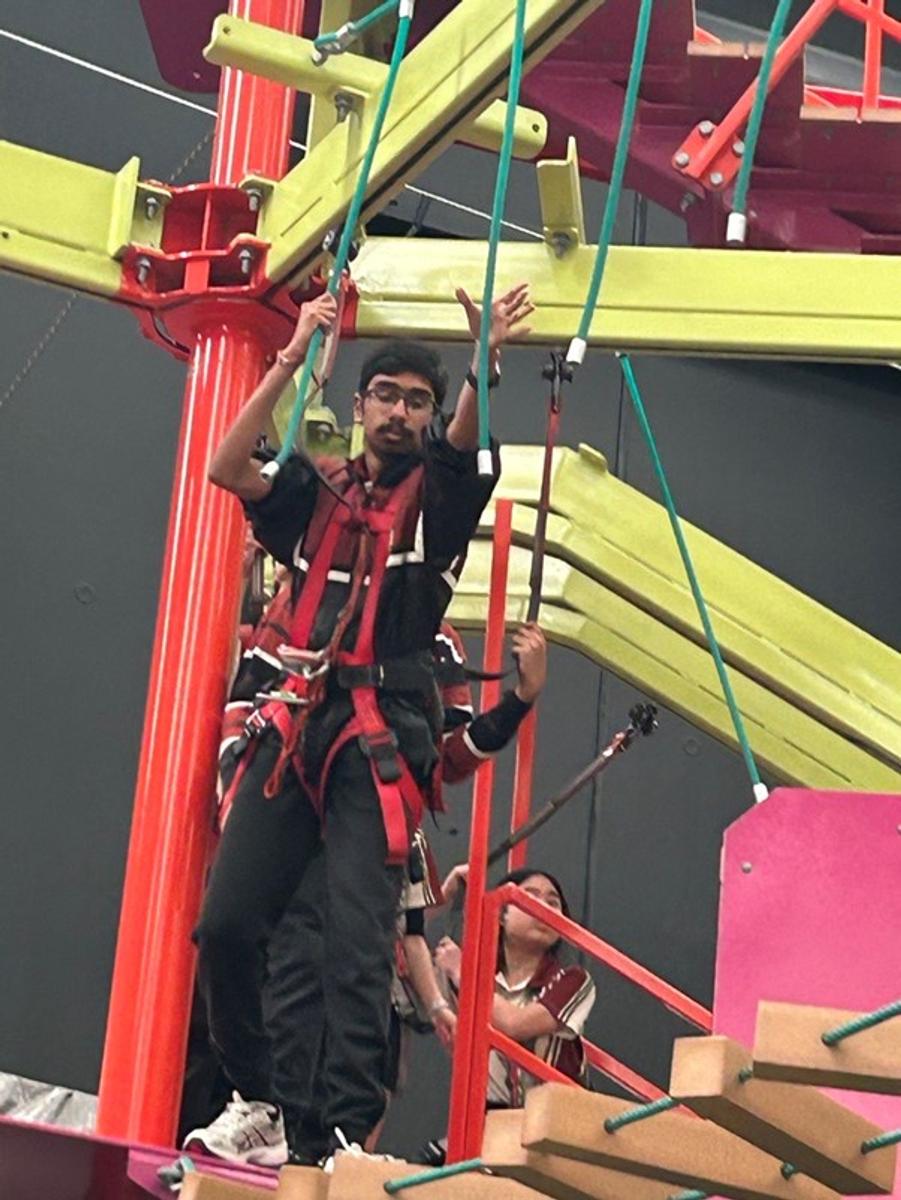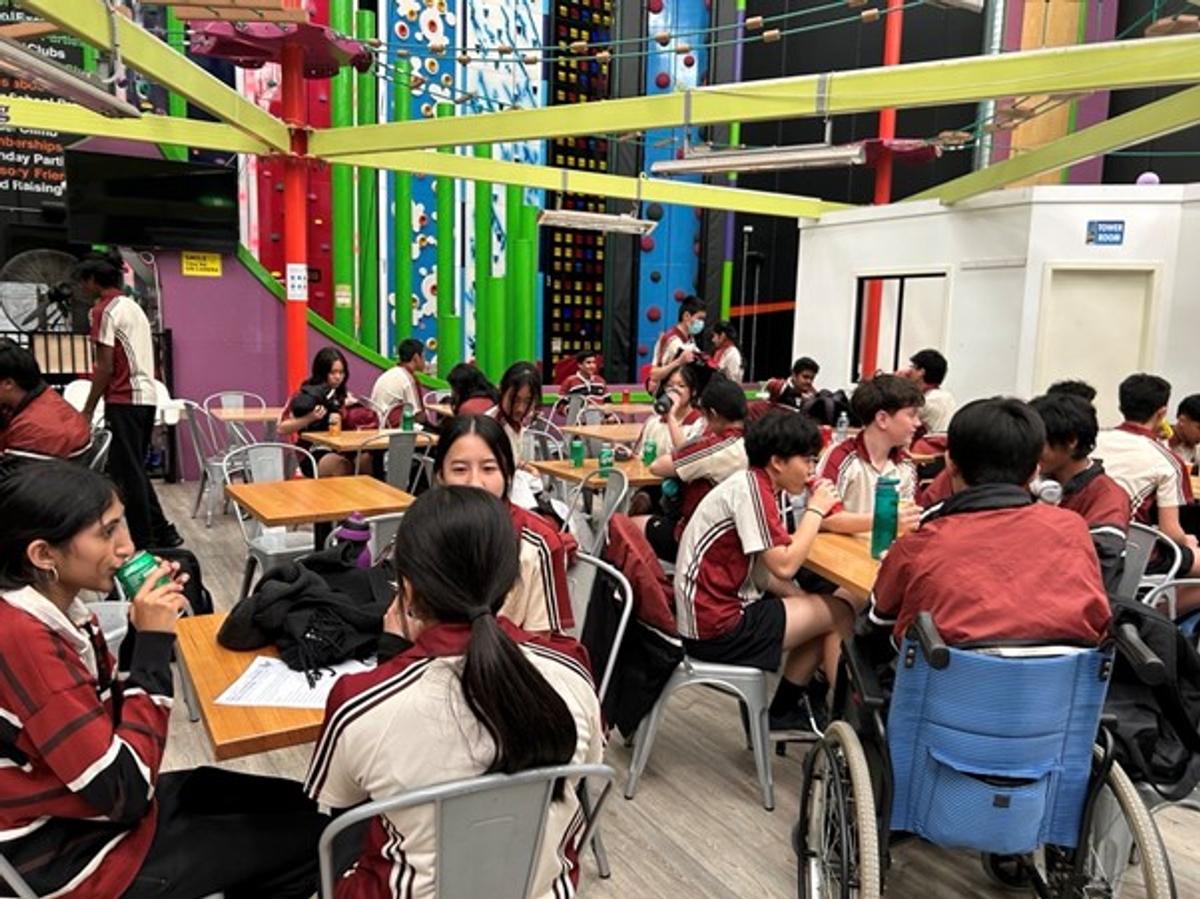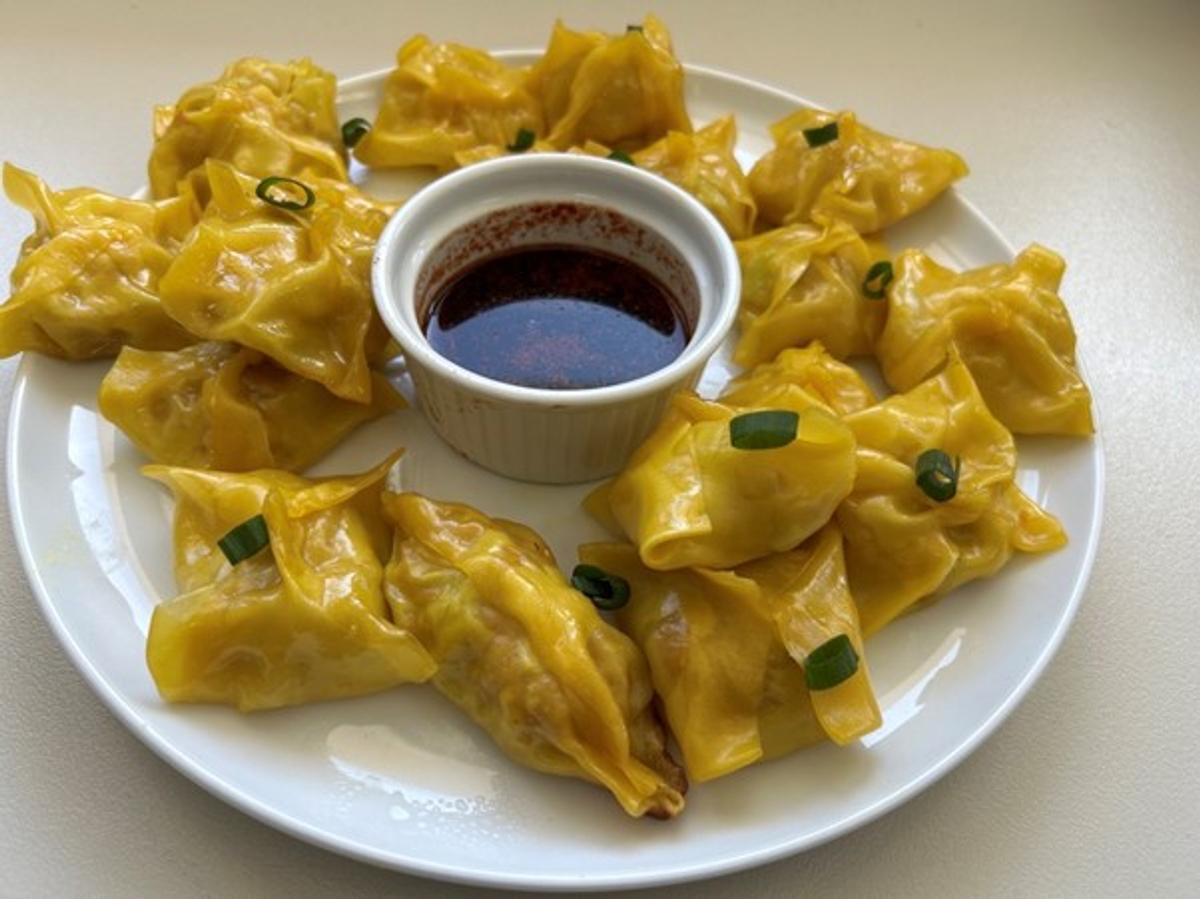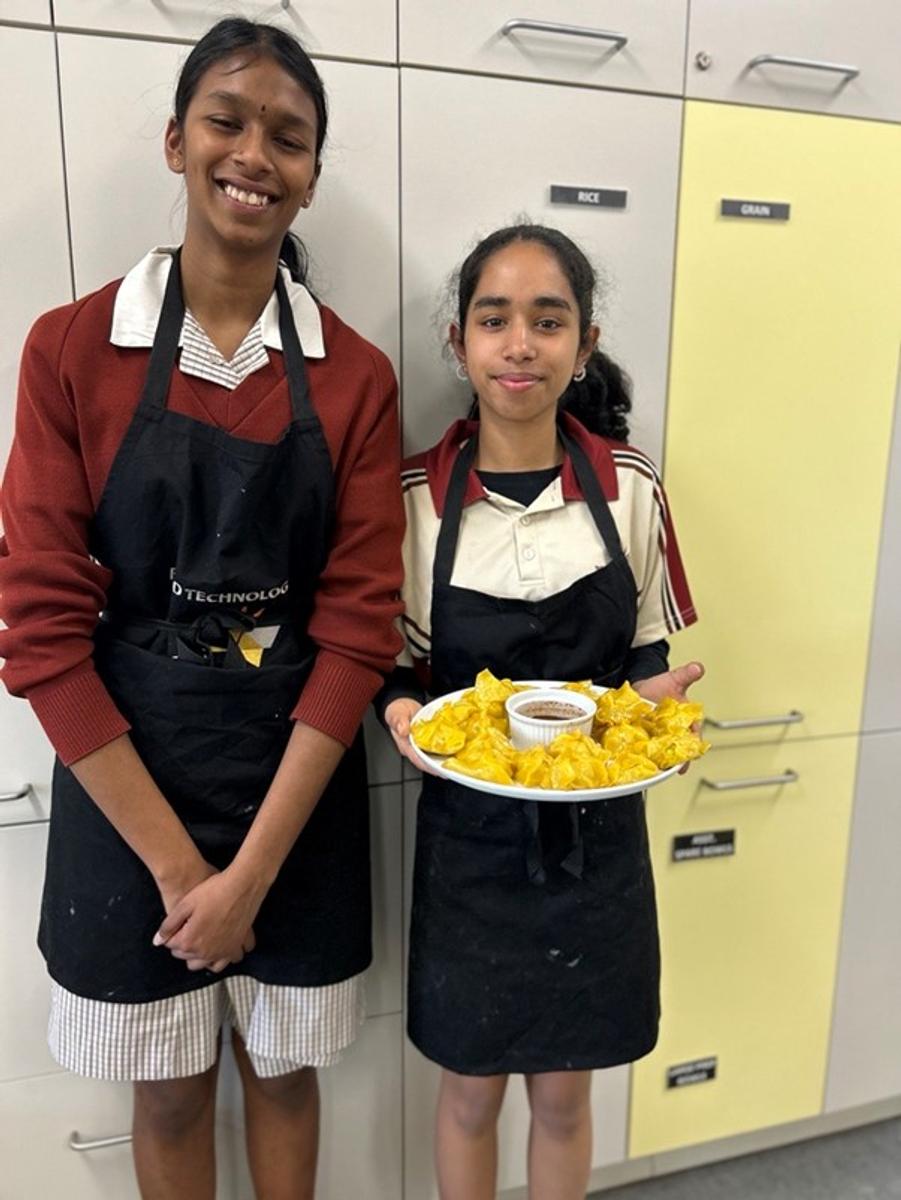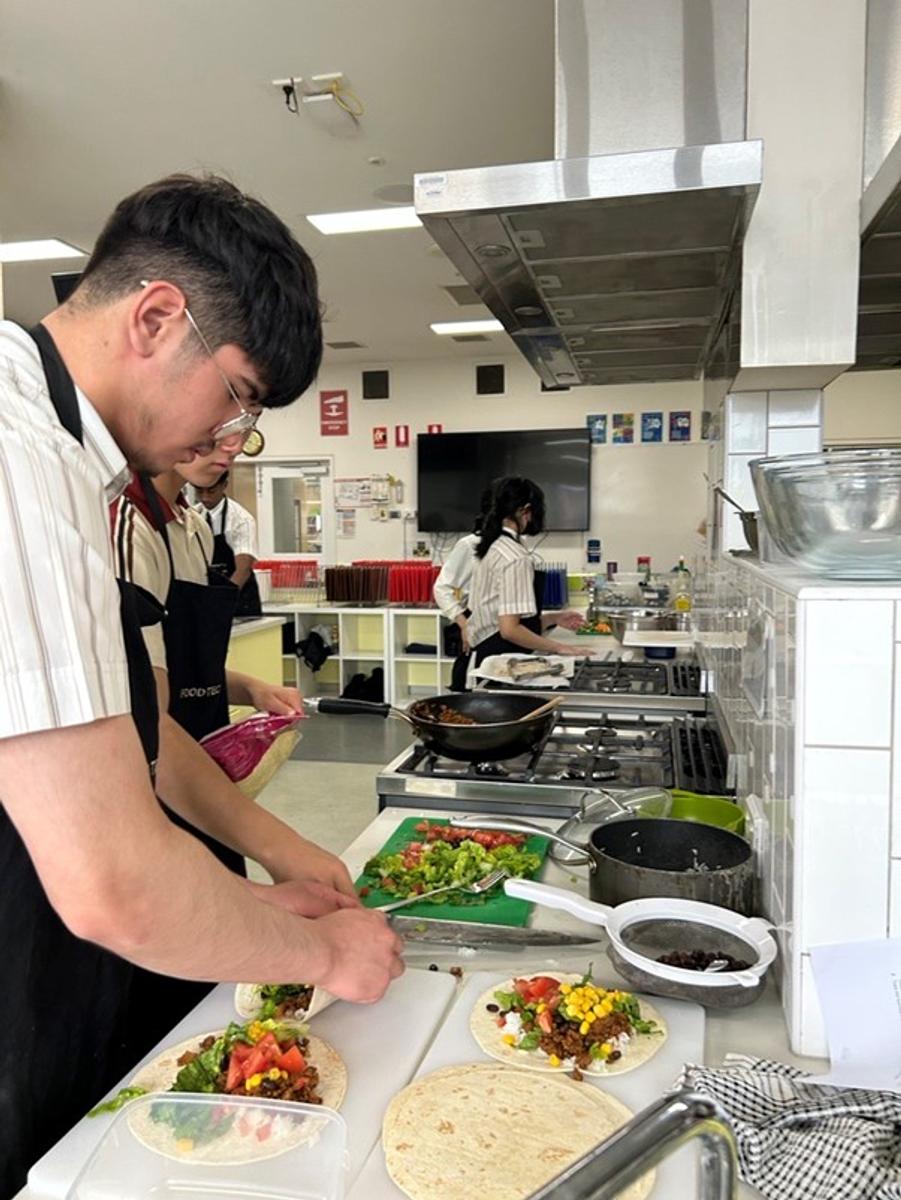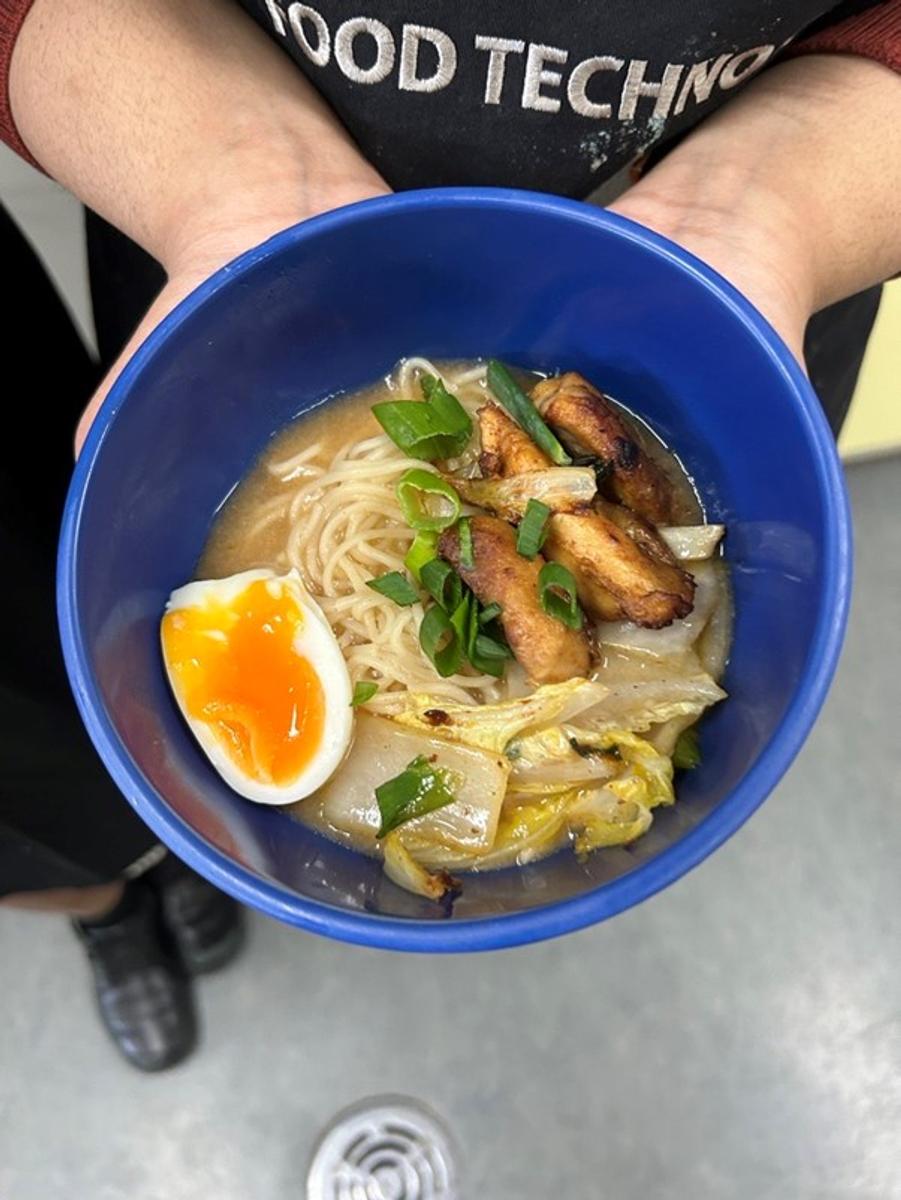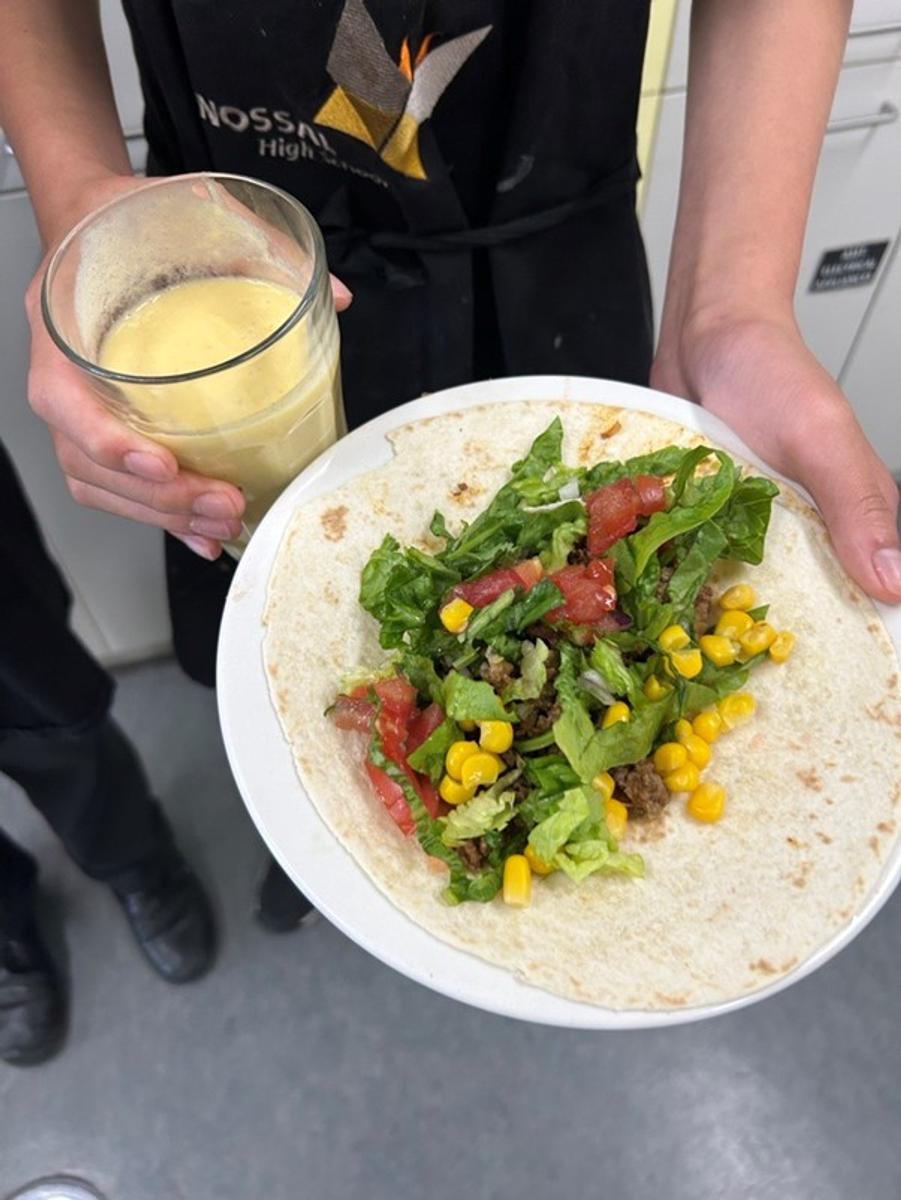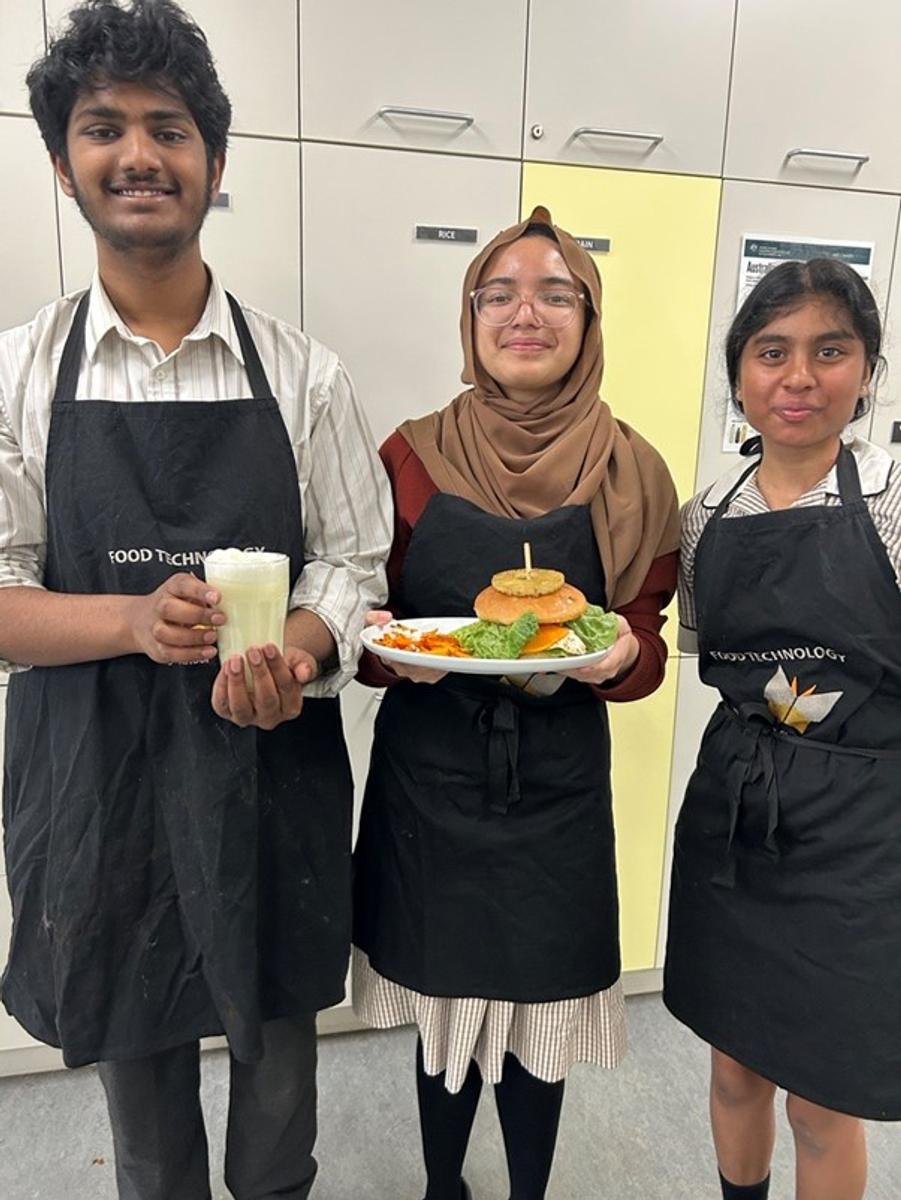Food Tech News

Clip 'N' Climb Excursion
On Wednesday 18 October, the two Year 9 Food Studies classes participated in the Food Exercise and Energy excursion to Clip ‘N' Climb, an event organised to help students learn more about the impact food has on our bodies and how physical activity can reduce the negative results of eating unhealthy food. To give us context for the activity, we began the day at school, and learnt about how the number kilojoules needed to maintain a healthy physique is influenced by an individual’s weight, age, and energy expenditure per day.
After making our way to the Clip ‘N' Climb centre near Nossal, we were given safety briefings before being let loose onto the climbing walls and SkyTrail (an elevated obstacle course with all sorts of challenging and exciting sections). After having fully taken advantage of Clip ‘N' Climb’s amazing facilities, we were given a meal which consisted of pizza, chips, and a soft drink to regain the energy lost from climbing.
The fundamental purpose of this excursion was to investigate energy expenditure by partaking in these vigorous physical activities and later additionally, reflecting on energy intake after a high GI meal. While this day was incredibly engaging and enjoyable, we also gained an insight into why energy is a key part of staying healthy both physically and mentally and how energy in our body is required and consumed, ultimately varying for each person on several factors such as weight, height, gender, and even the intensity of the physical activity.
Overall, the excursion was a worthwhile one. We all went home with new information about healthy eating, knowledge on strategies to avoid unhealthy, excess energy, and VERY tired bodies.
Thiseni Senanayake - Year 9
Fast Food Challenge
Year 10 Food Studies students undertook the challenge of designing and creating a nutritious fast-food option tailored for adolescents. As part of their research, the students went on an excursion to McDonald's to investigate various aspects of fast-food, including kilojoule density in relation to dietary requirements. The objective was to empower students with the necessary information for making informed decisions about their health due to the limited availability of nutrient-related data for fast-food meals. The students systematically analyzed the saturated fats, sodium, and sugar content of the fast-food offerings, exploring their correlation with health. Additionally, they drew connections between fast-food consumption and its impact on both physical and mental well-being in the broader population.
Students were then able to translate their research into practical solutions and successfully developed a healthy fast-food alternative specifically designed to resonate with adolescents. This innovative creation not only proved cost-effective but also adhered to the guidelines outlined in the Australian Guide to Healthy Eating. Notably, these health-conscious fast-food options boasted lower kilojoules as well as reduced levels of saturated fats, sugar, and sodium compared to traditional counterparts.
